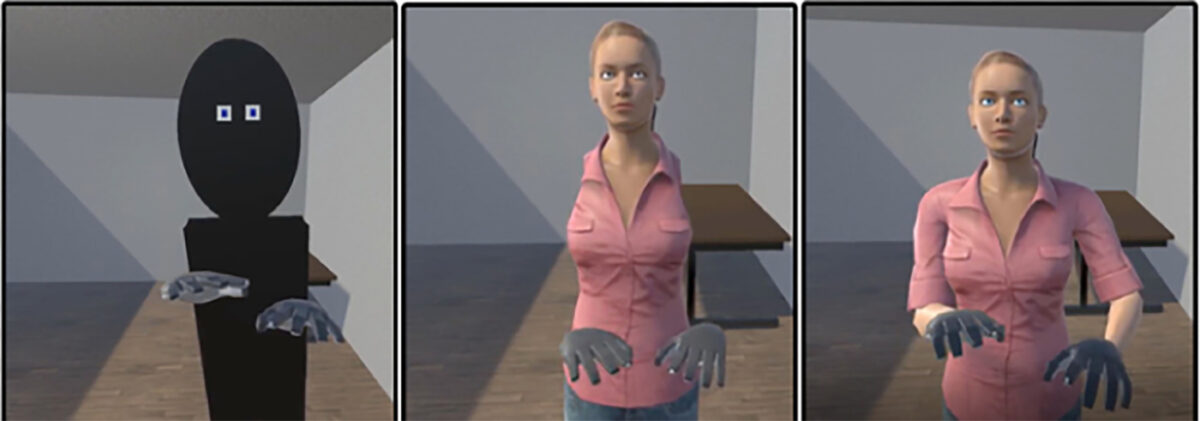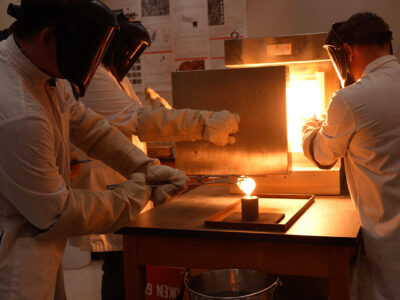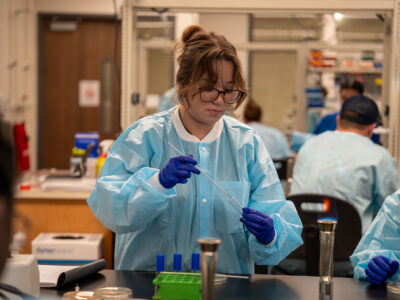From egg drop competitions to chemical reactions, the STEM classroom has always relied heavily on the premise of a laboratory — a space where students can gather for hands-on experimentation and experience the results in high fidelity, weird smells and all.
But the physical details that bring concepts to life in science, technology, engineering and mathematics have been woefully absent from the virtual classroom.
A research team from The University of Texas at San Antonio has set out to change that, bringing tactile realness to the online learning experience through virtual reality (VR) and sensory feedback.
“The biggest challenge is the lack of hands-on, realistic, bodily experience,” says primary investigator Kevin Desai, assistant professor of computer science. “Learning procedural skills and building a strong conceptual understanding in STEM often requires physically manipulating equipment.”
Working with co-primary investigator John Quarles, professor of computer science, and partnering institution Southern Methodist University (SMU) in Dallas, and with funding support from the National Science Foundation, Desai said he aims to build, “a virtual lab that feels more real, more interactive and more collaborative than anything currently available.”

Avatars and feedback
The VR lab is expected to achieve this sense of physical realness through a combination of highly realistic avatars and tactile feedback. Avatars will allow students to do things like reach out for a beaker and see their own arm moving, while tactile feedback will allow students to pick up the beaker and feel its weight.
Avatars will look human, and they may even be three-dimensional reconstructions of the students themselves, Quarles says. “Theoretically, this better enables the student to feel as though they are really performing the experiment and engage in ‘embodied cognition,’ which has been shown to improve learning.”
Another goal of the project is to enable the same natural, synchronous communication that a student would have in a brick-and-mortar classroom.
“Effective STEM learning in a lab setting is inherently a team effort,” Desai says. “Students need to communicate, coordinate and problem-solve together in real time. Existing online platforms fall short of providing the rich, natural interaction that’s possible in an in-person setting.”

Remote collaborations
Over the three-year development process, 500 students and 50 teachers will test the technology in chemistry lab experiments, providing valuable use cases to help the team improve the platform. The team plans to make the platform an open-source tool so that other innovators and educators can continue to use and improve upon it long after the project is complete.
These will include learners and educators from UT San Antonio, SMU and the San Antonio Independent School District. From separate rooms, students will work in pairs to test the remote collaboration and communication capabilities in the virtual lab.
“We want to get a better understanding of how the technology works across different student populations,” Desai said. “By involving university students, local high school students and teachers in the research, the goal is to make sure our findings are relevant and applicable to different educational settings,” he added.



No comment yet, add your voice below!